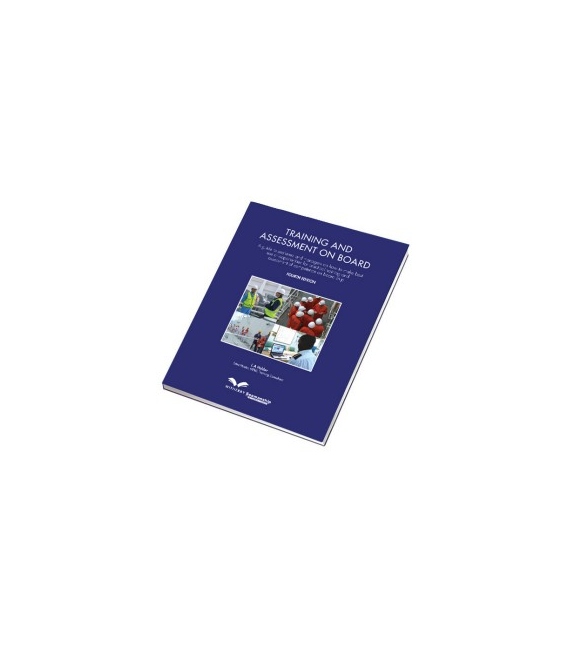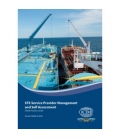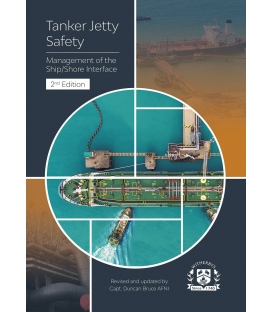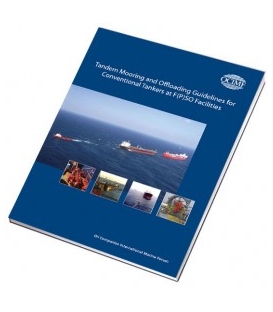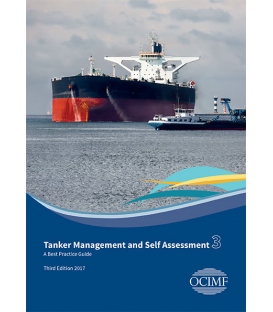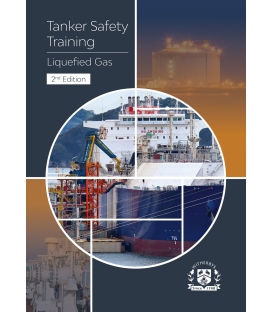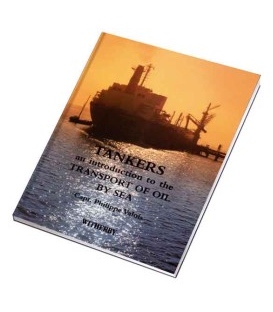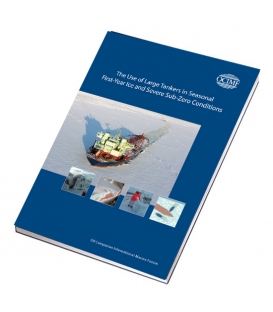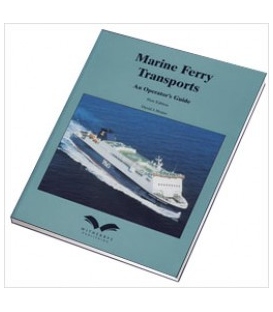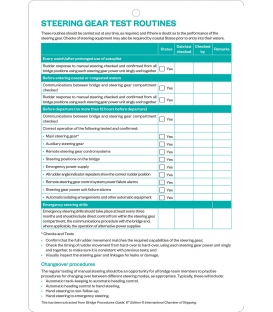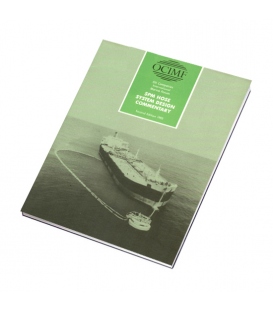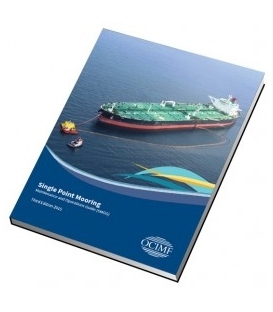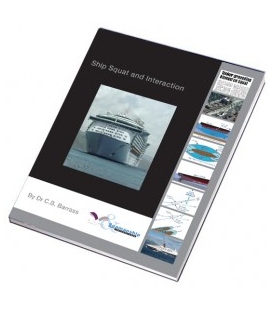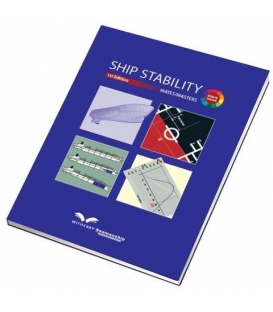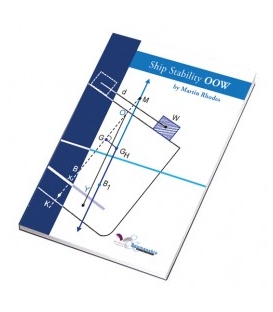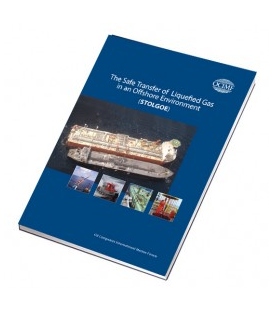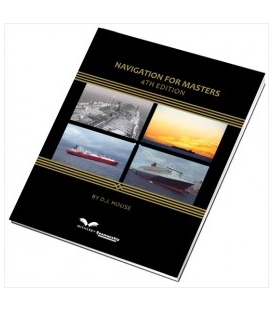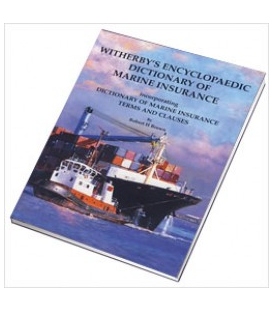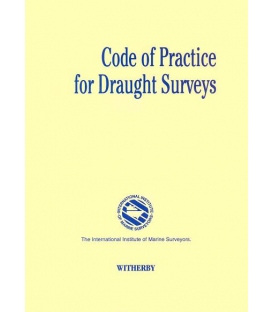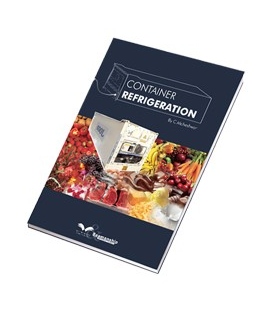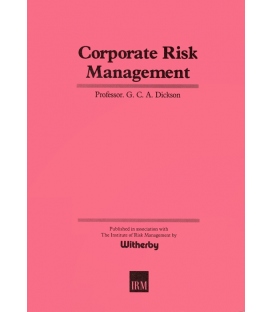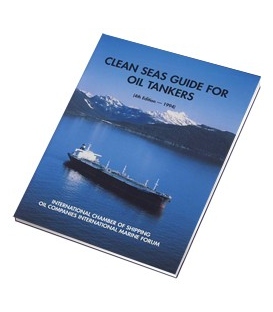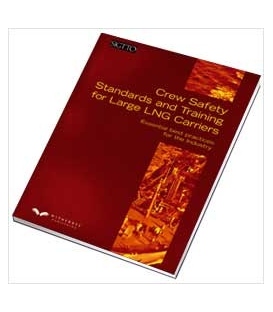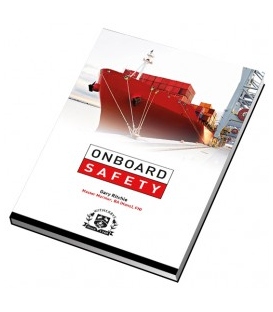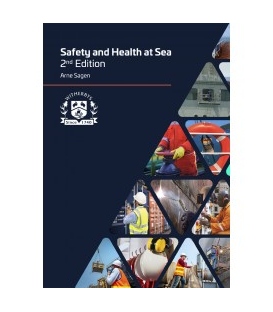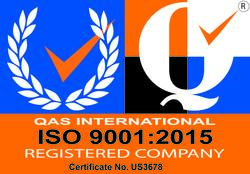

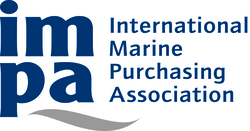
Sign up for our Newsletter
Training and Assessment On Board 4th Edition
****Canceled and replaced by WIMTOB (Maritime Training On Board, 5th Edition 2017)
Training and Assessment On Board 4th Ed.
Training On Board was first published in 1991. It described how managers, trainers and trainees could make the best use of education and training opportunities on board. The second edition in 1997 contained more information on assessments – if you cannot measure what is being taught, you do not know how effective your teaching is. The third edition in 2002 included more information on international rules on certification. This fourth edition takes into account the major revision of the International Maritime Organization’s Standards of Training and Watchkeeping in 2010.
Following the terrorist attacks of 11th September 2001, the IMO introduced the International Ship and Port Facility Security (ISPS) Code as an amendment to the Safety of Life at Sea (SOLAS) Convention. It prescribes responsibilities to governments, shipping companies, shipboard personnel and port/facility personnel to “detect security threats and take preventative measures against security incidents affecting ships or port facilities used in international trade.”
Rules alone do not make training effective. It requires the dedication, interest and skill of everyone involved: shore managers; senior officers on board; trainers and trainees. This book, based upon the experience of managers and trainers over many years, aims to make training more effective and enjoyable. Following its advice should make it easier to gain official approval from national administrations.
Foreword to the Fourth Edition
Acknowledgements
Introduction
The ISM Code and Revised STCW Convention
The Maritime Labour Convention 2006
Good Training Schemes and Certificates of Competency
Advice for Companies
On Board Ship
Senior Officers
Training Officers
Trainees
The Format: Competency-Based Certification
Action by National Administrations
Responsibilities of Shore-Based Colleges and Training Centres
Shipboard Training Programmes
Chapter 1 Organising Training
1.1 Introduction
1.2 Using this Publication
Chapter 2
Advice to Sea Staff in their Role as Trainers
2.1 Your Training Role
2.2 Assets 3
2.3 Differences in Language, Culture and Learning Experiences
2.4 Maritime English Language
2.5 Starting and Setting Realistic Objectives
2.6 Methods
2.7 Formal Training Sessions
2.8 Training of Trainers and Assessors
Chapter 3 Resources
3.1 Trainers
3.2 The Ship and Equipment: Manuals, Checklists, Materials, Etc
3.3 Training Aids
3.3.1 Notices and Posters
3.3.2 Books and Journals
3.3.3 Videos and Other Media
3.3.4 Video-Led Packages
3.4 Computer-Based Training and Assessment
3.5 Distance Learning
3.6 Planning
3.7 Choosing the Right Medium
3.8 An Example of the use of Video-Led Packages
3.9 An Example of the use of CBT Packages
3.10 A Word of Caution on the use of Shipboard Simulators
3.11 Computer-Based Assessment
3.12 The Internet – Advantages and Disadvantages as a Resource
Chapter 4 Keeping Records
4.1 The Need for Record Keeping
4.2 Records
4.2.1 Formal Records of Training
4.2.2 Company Records
4.2.3 Computer-Based Records
4.2.4 Records of Training and Assessment
Chapter 5 Assessment of Competence
5.1 Reasons for Assessment
5.2 Assessment at Entry
5.3 Informal Assessment as Part of a Training Programme
5.4 Formal Assessment for Certificates of Competency
5.5 Competence
5.6 Assessment
5.6.1 Assessment Methods
5.6.2 Assessment Examples
5.7 Validation and Quality Standards
5.8 Validation Procedures/Independent Evaluation
5.9 Quality Procedures
5.10 Shipboard Appraisal and Assessment Schemes
5.11 A Company Appraisal Scheme for all Staff
5.12
• National Schemes: Formal Assessment for (STCW)
• Certificates of Competency
5.13 Qualifications of Trainers and Assessors
5.14 Studying and Being Assessed as an Assessor (or a Trainer)
Chapter 6
Trainees: Opportunities and Responsibilities
6.1 Reasons for Training
6.2 Resources for On Board Training
6.3 Your Own Individual Learning Programme
6.3.1 Aims
6.3.2 Methods
6.4 Making the Most of Formal Training Sessions
6.5 Notes, Records, Assessments and Certification
Chapter 7
Masters and Senior Officers: Responsibilities for Training
7.1 Responsibilities for Training
7.2 Company Training Policy
7.3 Motivation
7.4 On Board Organisation
7.5 The Training Plan
7.6 The Starting Point
7.7 Setting Objectives
7.8 Resources, Problems and Immediate Aims
7.9 Monitoring and Reporting
Chapter 8 Managers: Company Training Policy
8.1 Company Training Policy
8.2 Management: Background
8.3 Motivation
8.4 Training Policy and Procedures
8.5 The Regulatory Framework: Operational Safety
8.6 Maintenance and Surveys
8.7 Operational Efficiency
8.8 Responsibilities: Managers, Trainers and Trainees
8.9 The Training of Trainers and Assessors
8.10 Monitoring, Keeping of Records and Auditing
8.11 Provision of Resources
8.12 Explaining the Policy to Trainees
Chapter 9 Further Information
9.1 Sources of Further Information
9.2 eBooks
9.3 Organisations
9.4 Videotel On Demand (VOD)
9.5 Online Training Courses
9.6 Quality Assurance Organisations
9.7 Example of a Government Department
9.8 Classification Societies
9.9 Professional Bodies
Appendices
Appendix 1 Example of a Poster Advertising a Training Session
Appendix 2 Example of an Evaluation Form on Training Methods
Appendix 3 Performance Review or Appraisal
Appendix 4 Company Policy on Training: An Example

